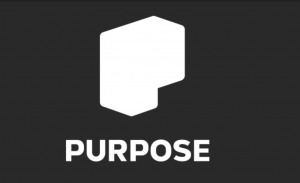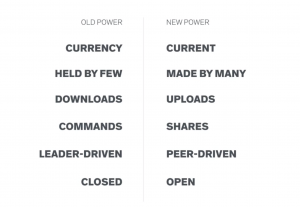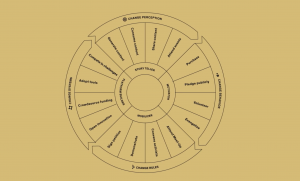New Power, Emergence, and Bottom-Up Change
Posted by on November 21, 2014Kate M. Purpose is a “rapidly growing social business” located just around the corner from our studio on 5th Avenue. [1] The company states that its focus is on “creating and scaling movements that have significant social impact.”[2] Jeremy Heimans is the founder and CEO of Purpose. His TED talk, recently featured on TED’s homepage, discusses the modern experience of online, distributed, and crowd sourced models of social, business, and political interactions.[3]
Examples such as AirBnB, Kickstarter, and Obama’s political campaign are indicative of a phenomenon he terms “new power.” Heimans goes on to present a framework to help one think about how this new power operates and how it is different from what he terms “old power.”[4]
Heimans defines new power as “the deployment of mass participation and peer coordination to create change and shift outcomes.” In many ways, Heimans “new power” structure parallels Steven Johnson’s discussion of “emergence” in his book by the same name. Enthralled by the examples Johnson described in his book, from ants to cities to online discussion forums, I have struggled with trying to answer how and if you can create emergent systems, or perhaps just simply what can you learn from emergent systems and put into actual, tangible practice. To pursue the goal of being able to create self-empowering, self-sustaining change, trying to create an emergent system seems ideal. Is it possible to put simple rules or structures in place that over time generate a self-learning and adaptable system that is able to build off of itself into more complicated, self-driving, increasingly intelligent structure? The question is a mouthful, but I’m searching for evidence to find just that.
When I heard Heimans speak, it was clear that emergence is an important consideration if you are in the business of “movement building,” If you are trying to create a movement, you want to create awareness and action around a particular way of addressing an issue. The goal is to have that view take hold in a society or system and perpetuate the values into lasting change, seeping into political policy, scientific practice, and social values. To me, it sounds like the ultimate sphere in which to aspire to create emergence.
The key word here from Heimans’ definition of new power above is “deployment.” Can this company of “political organizers, master storytellers, geeks, creatives, economists, policy wonks and entrepreneurs “ deploy mass participation? Deploy peer coordination? The model Heimans flashes up on screen during his TED talk highlights that the keys in the Purpose model to creating an effective movement are: change perception, change behavior, change rules, change systems.
With this obvious focus on change, can outsiders come in and create change from the bottom up? Can one help build tools and a framework in which you inspire bottom-up change that is able to grow into an increasingly complex values system?
I would argue yes and no. Alone, no. Purpose could not single-handedly create lasting, bottom-up change. Part of being effective in this work is knowing where and when a movement is already in the works. Purpose has had success with aiding grassroots campaigns and empowering local voices around mass movements for major issues such as gay rights, climate change and political freedoms. Albeit, the company is young and these movements still have a long way to go, but the approach and strategy gives hope to us struggling designers questioning how we can intervene and provide support around problems of which we are outsiders. It is one example of how well-planned and targeted infrastructures can help support and amplify bottom-up movements that are already inspired by the masses. Together it is possible for us to work to create the changes we want to see in the world.
Purpose is young and yet to have the longevity in its projects to exemplify true bottom-up change, let alone an emergent system. Our debates around humanitarian design, imperialism and interventionism have a place in this discussion as well. But it is an inspiring space that is leveraging technology, global shifts in power dynamics and the applicability of bottom-up change to try and make a difference.
[1] Purpose. http://www.purpose.com/
[2] Ibid.
[3] Heimans, Jeremy. “What new power looks like.” TEDSalon. Berlin, Germany. Jun. 2014. Web. 2 Nov. 2014. http://www.ted.com/talks/jeremy_heimans_what_new_power_looks_like
[4] Ibid.


